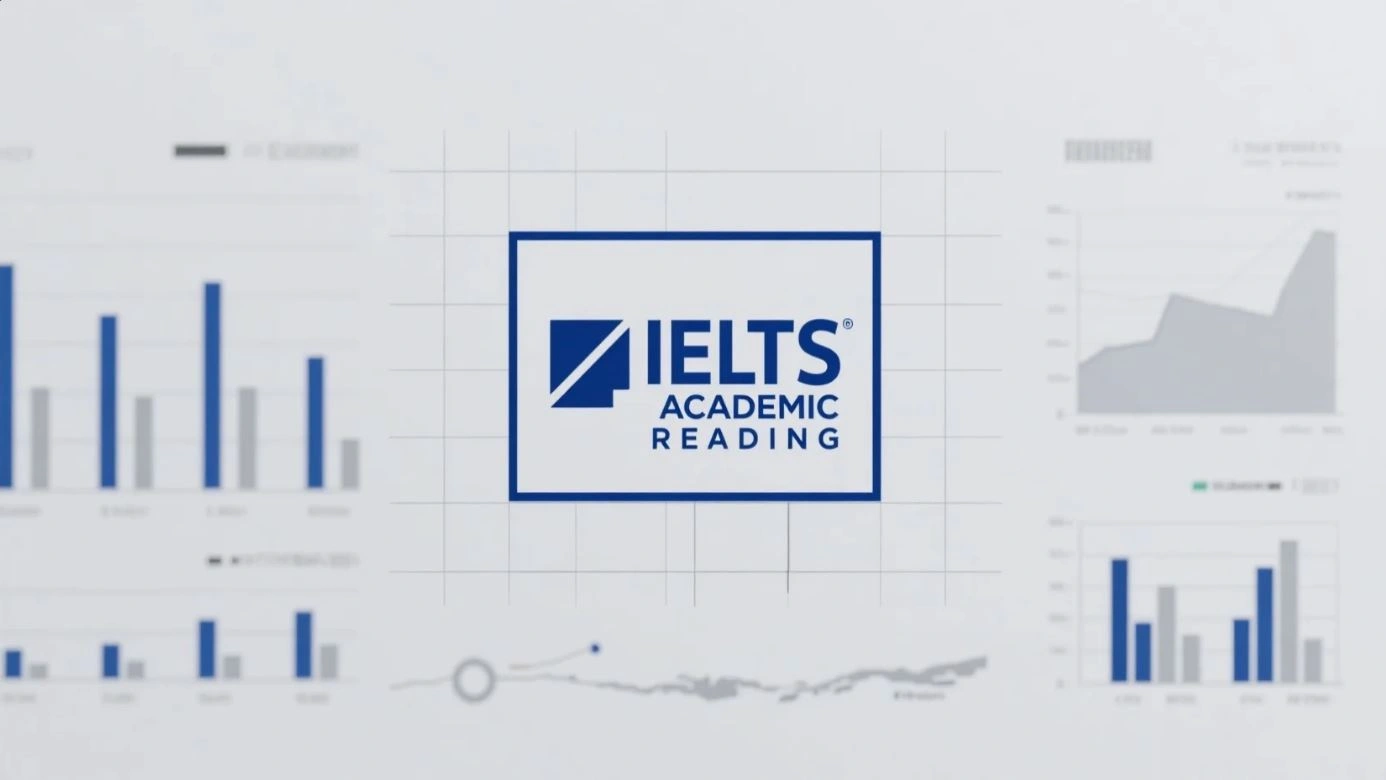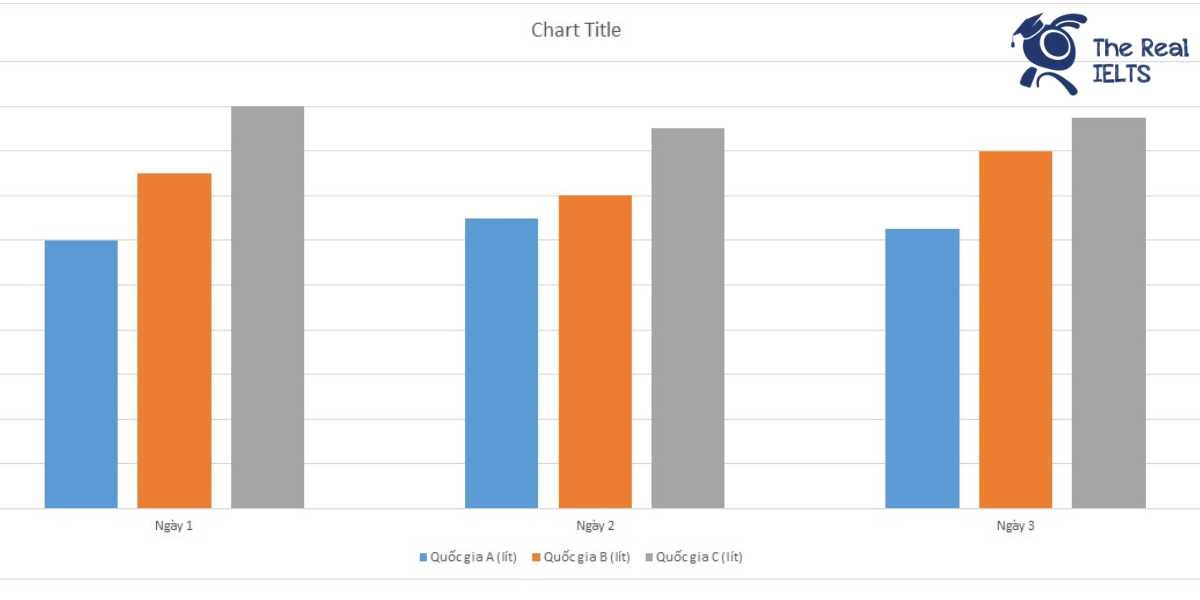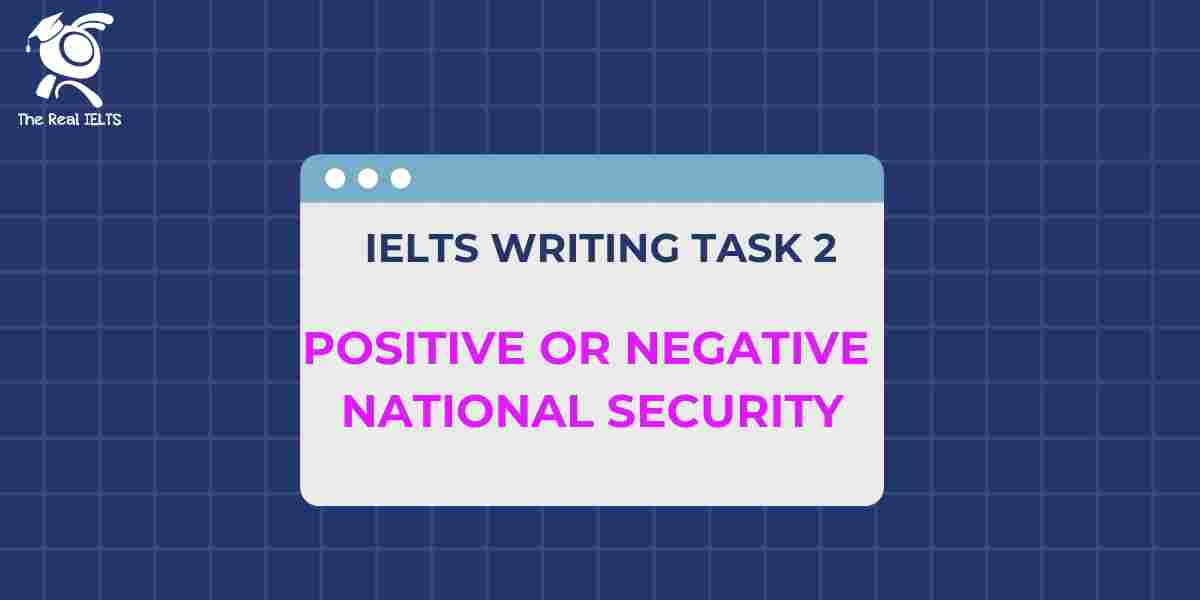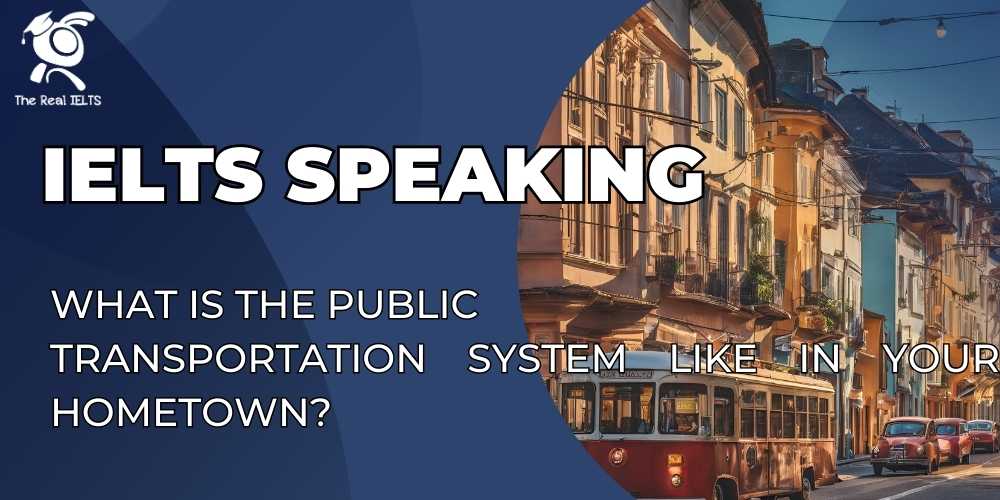Đề bài IELTS Writing Task 2 dạng Agree or Disagree Part 9:
You should spend about 40 minutes on this task
Homework is an essential part of education. To what extent do you agree or disagree?
Write at least 250 words.
Giải mẫu IELTS Writing
Homework has long been considered a cornerstone of educational systems worldwide, often viewed as essential for reinforcing classroom learning. However, its role and effectiveness are subjects of debate. I believe that while homework has significant benefits, its utility depends largely on its quality and the context in which it is assigned.
Firstly, homework can reinforce learning by allowing students to practice and apply concepts learned in class. This repetition helps solidify knowledge, making it easier for students to recall and use information. For instance, practicing math problems at home can improve a student’s understanding and speed, while writing essays can enhance their ability to articulate thoughts and arguments coherently. Additionally, homework encourages the development of independent study habits and self-discipline, skills that are valuable beyond the academic environment.
However, not all homework is beneficial. The effectiveness of homework depends on its quality and relevance. Assignments should be purposeful, clearly linked to what students are learning, and designed to enhance understanding, rather than simply consuming time. Unfortunately, this is not always the case, and busywork that lacks educational value can lead to student frustration and disengagement. Moreover, excessive homework can lead to burnout and reduce time for other important activities, such as family interaction, physical exercise, and extracurricular pursuits. This can be particularly detrimental for younger students, who may benefit more from unstructured play and social learning.
Another critical consideration is the issue of equity. Not all students have access to a conducive learning environment outside school. Socio-economic disparities can mean that some students lack access to resources such as quiet study spaces, internet access, or parental assistance. This can exacerbate educational inequalities, as those without support may fall behind.
In conclusion, while homework can be a valuable educational tool, it should not be viewed as an inherently essential component of learning. Its benefits depend on thoughtful design and appropriate implementation, with careful consideration given to the amount and nature of assignments. A balanced approach, which includes varying methods of engagement and considers the diverse needs of students, is key to maximizing the positive impact of homework. Therefore, I partially agree with the statement, emphasizing the importance of quality and context in determining the role of homework in education.
Cấu trúc ngữ pháp và cấu trúc câu
Dưới đây là một số cấu trúc câu và cấu trúc ngữ pháp quan trọng được sử dụng trong bài essay:
1. Complex Sentences (Câu phức)
- Mô tả: Câu có ít nhất một mệnh đề chính và một hoặc nhiều mệnh đề phụ.
- Ví dụ: “However, its role and effectiveness are subjects of debate.”
- Giải thích: Câu này có mệnh đề chính “its role and effectiveness are subjects of debate” và mệnh đề phụ “However.”
2. Compound Sentences (Câu ghép)
- Mô tả: Câu có hai hoặc nhiều mệnh đề chính được liên kết bởi liên từ như “and”, “but”, “or”.
- Ví dụ: “Homework encourages the development of independent study habits and self-discipline, skills that are valuable beyond the academic environment.”
- Giải thích: Câu này có hai mệnh đề chính được nối với nhau bằng từ “and”.
3. Passive Voice (Câu bị động)
- Mô tả: Câu bị động nhấn mạnh hành động hoặc trạng thái hơn là người thực hiện hành động.
- Ví dụ: “Homework has long been considered a cornerstone of educational systems worldwide.”
- Giải thích: Câu này sử dụng cấu trúc bị động “has been considered.”
4. Relative Clauses (Mệnh đề quan hệ)
- Mô tả: Cung cấp thông tin bổ sung về danh từ, thường bắt đầu bằng “which”, “that”, “who”, “whom”.
- Ví dụ: “Assignments should be purposeful, clearly linked to what students are learning, and designed to enhance understanding.”
- Giải thích: “which” là đại từ quan hệ giới thiệu mệnh đề quan hệ.
5. Conditionals (Câu điều kiện)
- Mô tả: Biểu thị tình huống có điều kiện, thường sử dụng “if”.
- Ví dụ: “This can be particularly detrimental for younger students, who may benefit more from unstructured play and social learning.”
- Giải thích: Mệnh đề “who may benefit more” là mệnh đề điều kiện ẩn.
6. Gerund Phrases (Cụm danh động từ)
- Mô tả: Sử dụng hình thức “-ing” của động từ như một danh từ.
- Ví dụ: “Practicing math problems at home can improve a student’s understanding and speed.”
- Giải thích: “Practicing” là danh động từ.
7. Infinitive Phrases (Cụm động từ nguyên mẫu)
- Mô tả: Sử dụng động từ nguyên mẫu “to + verb” để chỉ mục đích hoặc kết quả.
- Ví dụ: “Assignments should be purposeful, clearly linked to what students are learning, and designed to enhance understanding.”
- Giải thích: “to enhance understanding” là cụm động từ nguyên mẫu chỉ mục đích.
Từ và cụm từ kết nối được sử dụng trong bài
1. However
- Chức năng: Đưa ra sự tương phản hoặc mâu thuẫn.
- Ví dụ: “However, its role and effectiveness are subjects of debate.”
2. Firstly
- Chức năng: Đánh dấu điểm đầu tiên trong một chuỗi các điểm được liệt kê.
- Ví dụ: “Firstly, homework can reinforce learning by allowing students to practice and apply concepts learned in class.”
3. For instance
- Chức năng: Cung cấp ví dụ cụ thể.
- Ví dụ: “For instance, practicing math problems at home can improve a student’s understanding and speed.”
4. While
- Chức năng: Biểu thị sự đồng thời hoặc đối chiếu giữa hai mệnh đề.
- Ví dụ: “While homework has significant benefits, its utility depends largely on its quality and the context in which it is assigned.”
5. Additionally
- Chức năng: Thêm thông tin bổ sung.
- Ví dụ: “Additionally, homework encourages the development of independent study habits and self-discipline.”
6. However
- Chức năng: Đưa ra sự tương phản.
- Ví dụ: “However, not all homework is beneficial.”
7. Unfortunately
- Chức năng: Diễn tả điều gì đó tiêu cực hoặc không mong muốn.
- Ví dụ: “Unfortunately, this is not always the case, and busywork that lacks educational value can lead to student frustration and disengagement.”
8. Moreover
- Chức năng: Cung cấp thông tin bổ sung, nhấn mạnh điểm thêm vào.
- Ví dụ: “Moreover, excessive homework can lead to burnout and reduce time for other important activities.”
9. Another
- Chức năng: Đưa ra điểm tiếp theo hoặc bổ sung.
- Ví dụ: “Another critical consideration is the issue of equity.”
10. Not all
- Chức năng: Đưa ra sự phân biệt hoặc giới hạn.
- Ví dụ: “Not all students have access to a conducive learning environment outside school.”
11. In conclusion
- Chức năng: Đưa ra kết luận hoặc tổng kết.
- Ví dụ: “In conclusion, while homework can be a valuable educational tool…”
12. Therefore
- Chức năng: Chỉ ra kết quả hoặc lý do.
- Ví dụ: “Therefore, I partially agree with the statement, emphasizing the importance of quality and context in determining the role of homework in education.”
Các từ vựng tiếng Anh cần lưu ý trong bài viết
- Essential – Cần thiết
- Cornerstone – Nền tảng, cơ bản
- Reinforcing – Củng cố
- Classroom learning – Học tập trong lớp
- Role – Vai trò
- Effectiveness – Hiệu quả
- Depends on – Phụ thuộc vào
- Context – Ngữ cảnh
- Reinforce – Củng cố
- Concepts – Khái niệm
- Solidify – Củng cố
- Knowledge – Kiến thức
- Practice – Thực hành
- Articulate – Diễn đạt
- Coherently – Một cách mạch lạc
- Independent study habits – Thói quen học tập độc lập
- Self-discipline – Tự kỷ luật
- Beyond – Vượt ra ngoài
- Academic environment – Môi trường học thuật
- Quality – Chất lượng
- Relevance – Sự liên quan
- Purposeful – Có mục đích
- Engagement – Sự tham gia
- Burnout – Sự kiệt sức
- Extracurricular pursuits – Hoạt động ngoại khóa
- Detrimental – Có hại
- Unstructured play – Chơi không có cấu trúc
- Social learning – Học tập xã hội
- Equity – Công bằng
- Socio-economic disparities – Chênh lệch kinh tế xã hội
- Conducive – Thuận lợi
- Exacerbate – Làm trầm trọng thêm
- Educational inequalities – Bất bình đẳng giáo dục
- Implementation – Thực hiện
- Maximizing – Tối đa hóa
- Balanced approach – Phương pháp cân bằng
- Diverse needs – Nhu cầu đa dạng
- Positive impact – Tác động tích cực
- Partially – Một phần
- Emphasizing – Nhấn mạnh
Đọc thêm các bài Luyện Thi IELTS khác trong link nhé.















